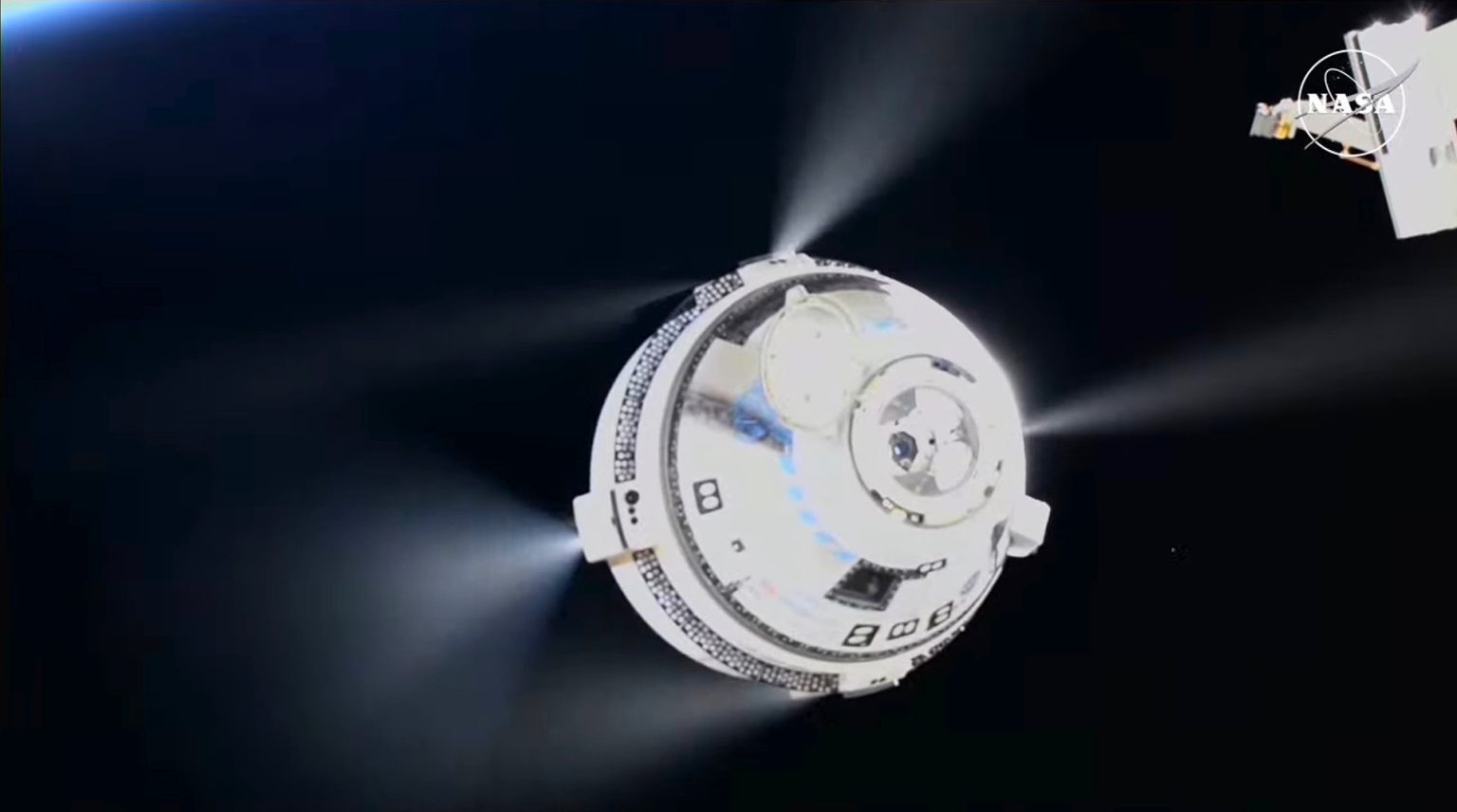-
Boeing’s Starliner space capsule successfully fired its thrusters to begin its journey back to Earth from the International Space Station. After weeks of troubleshooting propulsion system issues, NASA astronaut Sunita Williams confirmed that the spacecraft, named Calypso, was on its way home. The successful backing away from the space station marked a significant milestone for the troubled Starliner program.
-
The maneuvering thrusters that had previously malfunctioned during docking on June 6 performed as expected during the undocking process. One thruster was taken offline due to performance concerns but did not impede the capsule’s departure. Engineers had identified overheating issues and helium leaks in the propulsion system as the root causes of the problems, prompting NASA to make the decision not to risk sending astronauts back to Earth on the craft.
-
Instead of returning with Williams and her crewmate Butch Wilmore, the Starliner spacecraft will return uncrewed to Earth for further evaluation. To accommodate the personnel change, NASA reduced the crew size for the next scheduled mission in a SpaceX Crew Dragon capsule. Williams and Wilmore will now return to Earth in the SpaceX capsule next February, along with the Crew-9 astronauts.
-
Calypso is expected to complete its re-entry and parachute-aided landing at White Sands Space Harbor in New Mexico. The successful landing will be a crucial moment for Boeing and the Starliner program, which has faced years of delays and cost overruns. NASA and Boeing will closely analyze the data from this mission to determine the future of the program, which has been marred by setbacks since its uncrewed test flight failure in 2019.
-
SpaceX’s Crew Dragon has been reliably transporting astronauts to and from the space station since 2020, but NASA Administrator Bill Nelson emphasized the importance of having multiple spacecraft options for redundancy. Ken Bowersox, NASA’s associate administrator for space operations, expressed the agency’s commitment to working with both Boeing and SpaceX through any challenges they may face in their commercial crew programs. The goal is to maintain multiple spacecraft options for crewed missions to the International Space Station.
- The successful undocking and departure of Boeing’s Starliner space capsule from the International Space Station represents a positive step forward for the troubled program. Despite past setbacks, NASA and Boeing are focused on evaluating data from this mission to make decisions regarding the program’s future. With the return of Williams and Wilmore planned for February 2023, the spotlight is now on the imminent landing of the uncrewed Calypso at White Sands Space Harbor, which will be a critical moment for Boeing’s Starliner program as it seeks to regain its footing in the commercial crew market.
Boeing’s Starliner spacecraft completes crewless journey back to Earth from orbit.
Keep Reading
Subscribe to Updates
Get the latest creative news from FooBar about art, design and business.
© 2025 Globe Timeline. All Rights Reserved.


